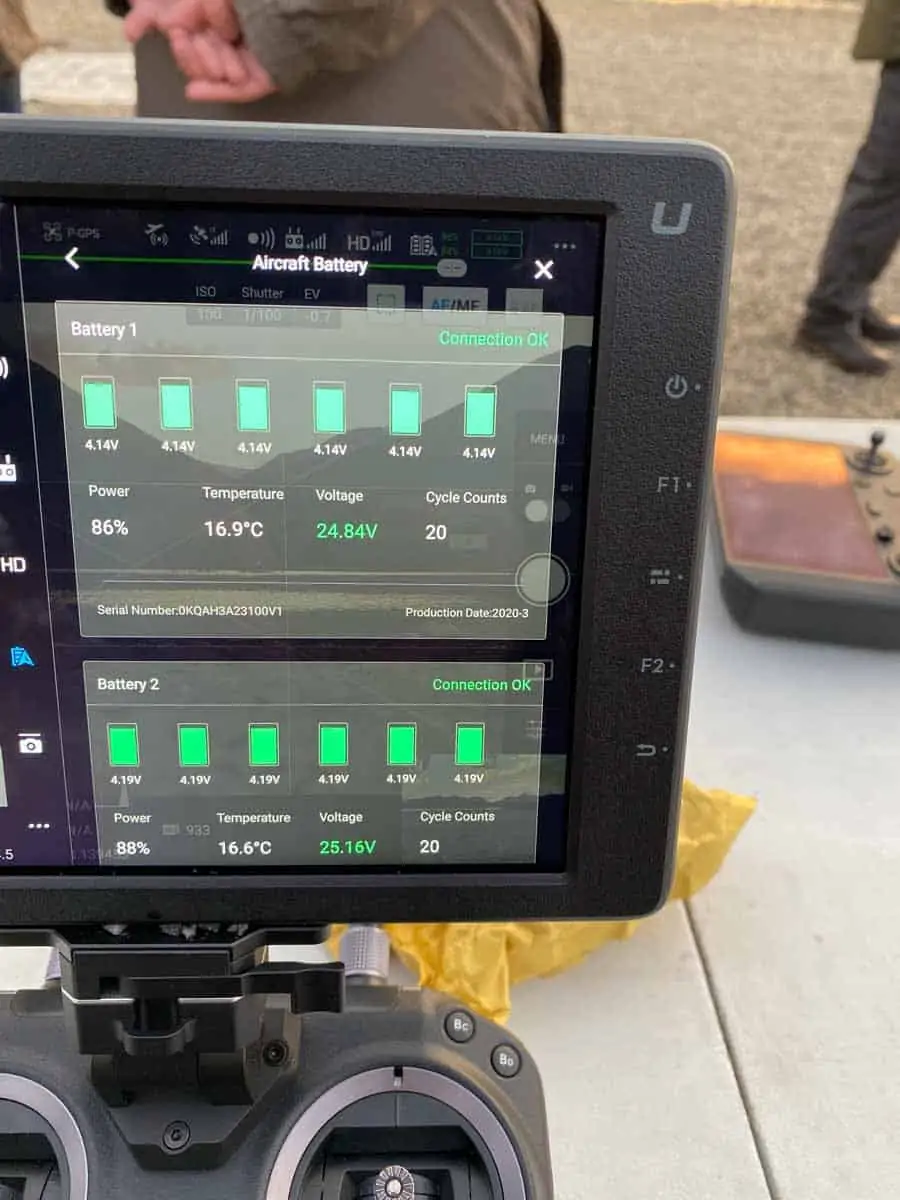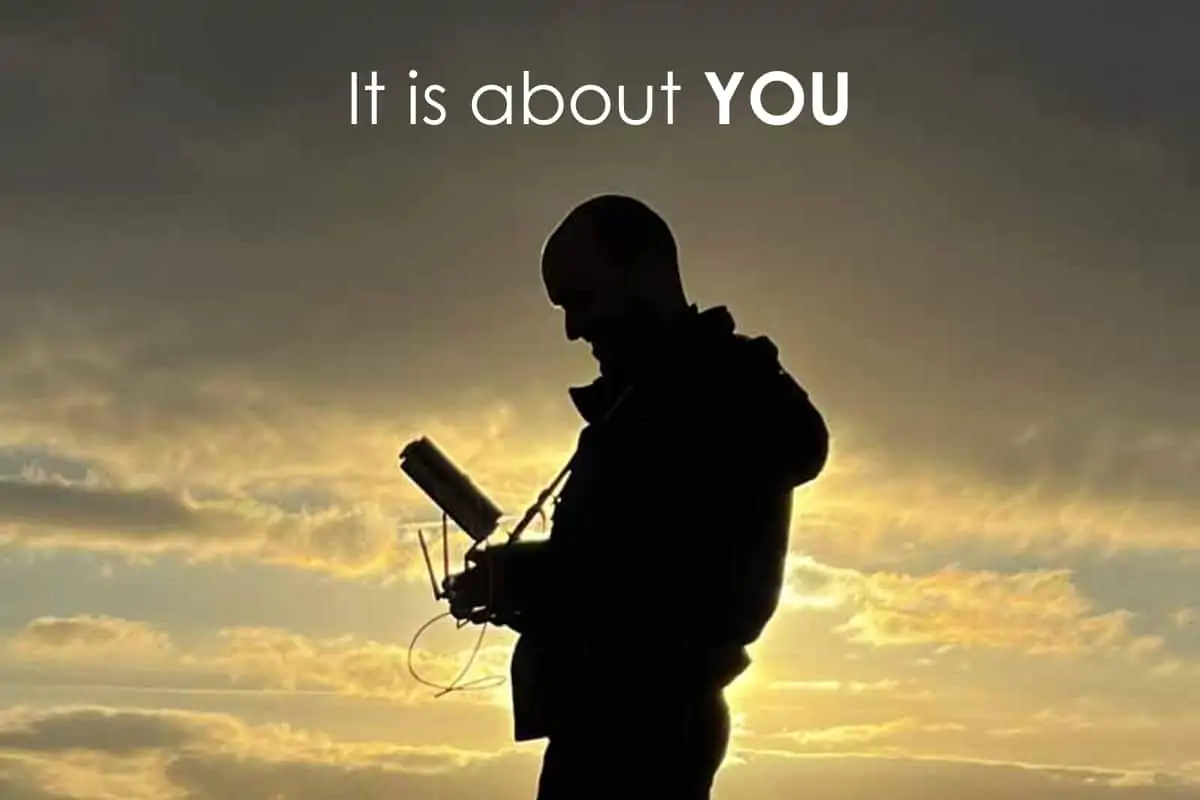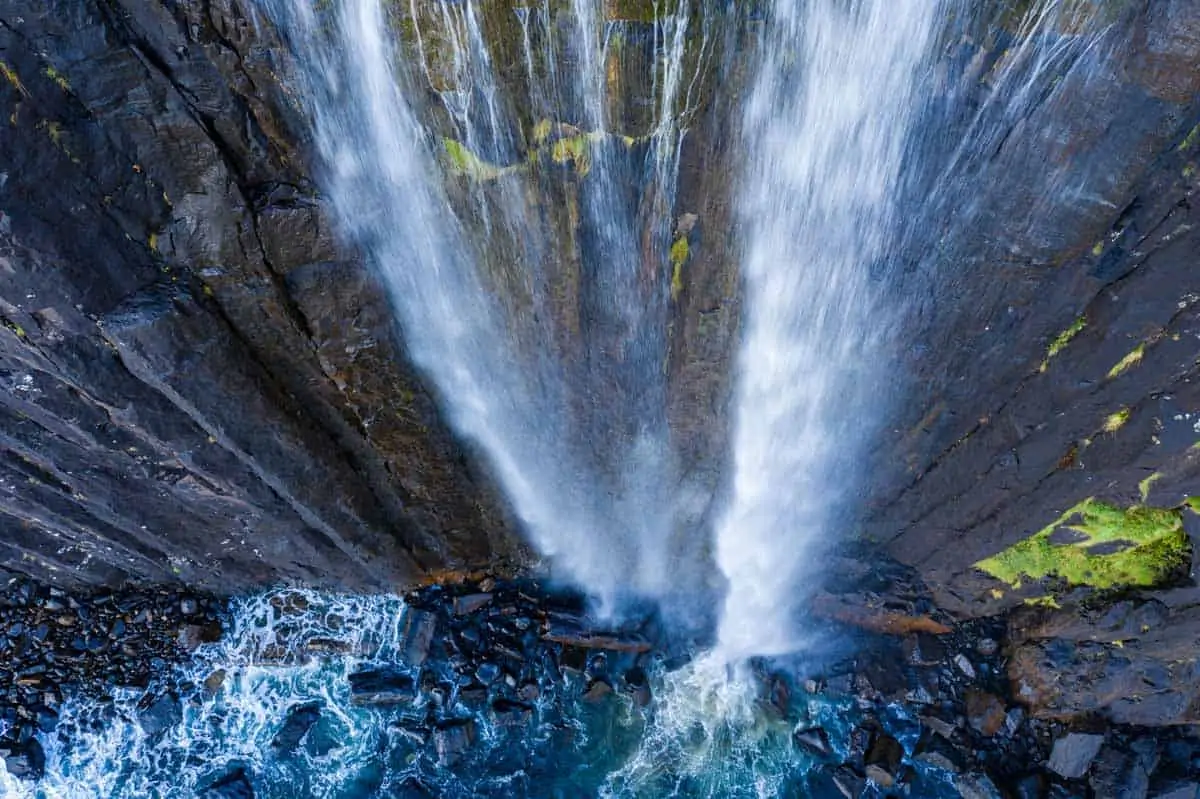
- 06.08.21
Some of the most common concerns expressed by our clients are “I don’t want to lose my drone”, and “what if it flies away”.
Without knowledge, the best we can do is fear failure, and just hope for success, every time we fly. With knowledge, we can do so much better. By understanding the reasons Fly Aways happen, we can largely prevent them. Happily, because of the amount we fly drones ourselves, and the depth of our drone-enthusiast community, we have great data on this, as on just about every other aspect of drone flying. As Eleanor Roosevelt said “Learn from other people’s mistakes. You don’t have time to make them all yourself.” We can help you to learn from other’s mistakes. In this area, as in many others.
The Myth we must Bust – Drones don’t “Fly Away”.
What we mean is that, in all of our experience, over tens of thousands of flights across dozens of countries, we have never seen a drone develop a mind of its own, and suddenly decide to head for the horizon. Never. What can happen, if either the compass fails, or the GPS fails, is that the drone loses its ability to stay in one place. What we call “GPS Lock”. Instead, it becomes more like a child’s helium balloon, that’s accidentally been let go of. As we all know, they appear to have a mind of their own. But they don’t. They are simply being blown by the wind. And that is what can happen, in certain circumstances, to a drone. The ways to avoid a Fly Away are:
- Understand and work to avoid Compass Failure
- Understand and work to avoid GPS Failure
- Know what to do if either happens
And
- Get total-loss insurance.
The Magic of GPS Lock
We are all used to taking off with our drone, taking our hands off the sticks, and watching the drone magically stay exactly where we put it. This “GPS Lock” is fundamental to how we think about flying our drones. The magic of GPS Lock requires a combination of two things:
- The drone needs to know exactly where it is right now, and where it was a moment ago. For this it needs the onboard GPS system to be working
- It needs to know the compass bearing between these two points, in order to put itself back where it was a split second ago. For this, it needs the onboard compass to be working.
In the case of the DJI Mavic 2 Pro (in common with all DJI drones), the drone is referencing the GPS and the Compass, doing these calculations, and repositioning itself back to where it was a moment ago, as many as 200 times a second. Giving us the impression that the drone is rock steady in the sky. But if the compass fails, or the GPS system fails, rock steady goes out the window, and your drone will head for the hills with the prevailing winds. Almost always, it is windier aloft than it is on the ground. Which only adds to the drama. Worse, if GPS lock fails, then Return to Home (RTH) will not work either. It needs the same conditions to be met for RTH to work as for GPS lock to work.
GPS Failure
In an open field in the UK, on most days your drone will pick up a signal from around 18 satellites. DJI claim that it can maintain GPS lock with only six. We have seen GPS lock fail with seven satellites visible. So our advice is, make sure the drone can always see eight or more satellites. You can tell how many satellites the drone can see, at all times, in the app, here: When you are out in the open, there is little or no risk of the drone being unable to see eight or more satellites. Problems arise when part of the sky is blocked from the drone’s view. The GPS satellites are distributed roughly evenly around the sky. If 100% of the sky means the drone can see roughly 18 satellites, then if 50% of the sky is not visible to the drone, then the likelihood is the drone will only be able to see nine satellites. Perilously close to the point at which GPS lock will fail. Part of the sky being blocked from view happens when:
- You take off next to your garage door. This is the reason for all those “garage door crashes” on YouTube
- You fly close to the foot of tall buildings
- You are flying in the bottom of a deep gorge
- You are flying up the face of a cliff, or towards the mouth of a cave
- You fly under a large bridge
Compass Failure
The compass on a drone is no different from any other compass. The way they work hasn’t changed since the Chinese invented the compass in around 200BC. The Earth, on account of its iron core, has a magnetic field which can be detected by a compass. But that magnetic field is relatively weak. It can easily be overpowered by more local sources of magnetism, either on the ground before you take off, or whilst you are in-flight. Common sources of magnetism include:
- Iron and ferrous metals, eg:
- In the speakers in your car
- In a table you might use
- Metal “rebar” in concrete if you are taking off from a concrete surface
- There are strong magnets in the keybopard of an iPad Pro, and even in your apple Watch, if you have one.
Once you are in flight, the biggest threats are:
- Metal in buildings, including:
- Grain silos
- Steel-cladding
- Steel-framing
- There is a lot of metal in bridges! So as well as the loss of the GPS Signal when flying under a bridge, here is another good reason to avoid these
- High Voltage power lines. These emit magnetic radiation, on account of the electricity flowing through them. Stay at least 50m away from overhead HV lines. Beware of buried HV lines
- Thunder storms. Do not fly within 10km of a thunder storm.
Total Loss Insurance
PfCO & GVC Holders
If you are a commercial drone pilot (PfCO or GVC Holder) then it is a legal requirement that you have Public Liability insurance for any commercial flight you undertake. Most often, your insurer will also cover you for Accidental Damage, including total loss. We recommend Moonrock. And FPV UK. Full disclosure – We arrange our cover with Moonrock, but have no other affiliation with them or any other insurance provider.
Recreational Pilots
For recreational pilots, we strongly recommend that you arrange Public Liability Insurance. In case, heaven forbid, the worst happens, and you hurt someone with your drone.
Our favourite provider is FPV UK. At a cost of just £19.99 for 12 months, you get £5m of Public Liability Insurance. Why wouldn’t you?
This is easily done by joining the British Model Flying Association (BMFA). This costs £38, but strangely doesn’t run for 12 months, but rather to the end of the year. This provides you with global cover up to £25million. Or we recommend that you join FPV UK, which costs £20, and gives you 12 months PL cover – but Europe only, with £5million of cover. For recreational pilots wishing to arrange Accidental Damage cover, including for total loss, we used to recommend a photography insurer called Photoguard. However, Photoguard have recently withdrawn “total loss cover” which means if you lose your drone completely, or put it in the sea, you cannot make a claim. Which rather defeats the object, we think. So we’ve taken a look around the market, and here is what we found: Photoguard – No, do not cover total loss DJI Care Refresh – No, do not cover total loss Flock for Recreational Pilots – No, do not cover accident damage ✅ Drone Cover Club – Yes, cover total loss. But at a price. £200p.a. for a Mavic 2 Pro ✅✅✅ Coverdrone – Yes, cover total loss. Will cover a Mavic 2 Pro for around £95pa. including £1m of Public Liability. Excess of £100 per claim NOTE: We have no business relationship with any insurer. We recommend the product we consider the best. But we cannot be held responsible for any losses or anything else that may arise from taking our advice. Your decisions about insurance are necessarily at your own risk What to do if you experience a Fly Away Next week, I’ll be posting our paper about what to do if you experience a Fly Away, and some of our own experiences of Fly Aways. I have personally experienced five Fly Aways. That’s one for each year that I have been flying. It has always been something I regularly practice for. I am happy to say that I have always got my drone back! We cover Fly Aways, as well as all of the other ways in which things go wrong, and how to make them go right, on our Fly Like a Pro, Film Like a Pro Video-Conference Courses, and our Video-Conference PfCO Courses.



